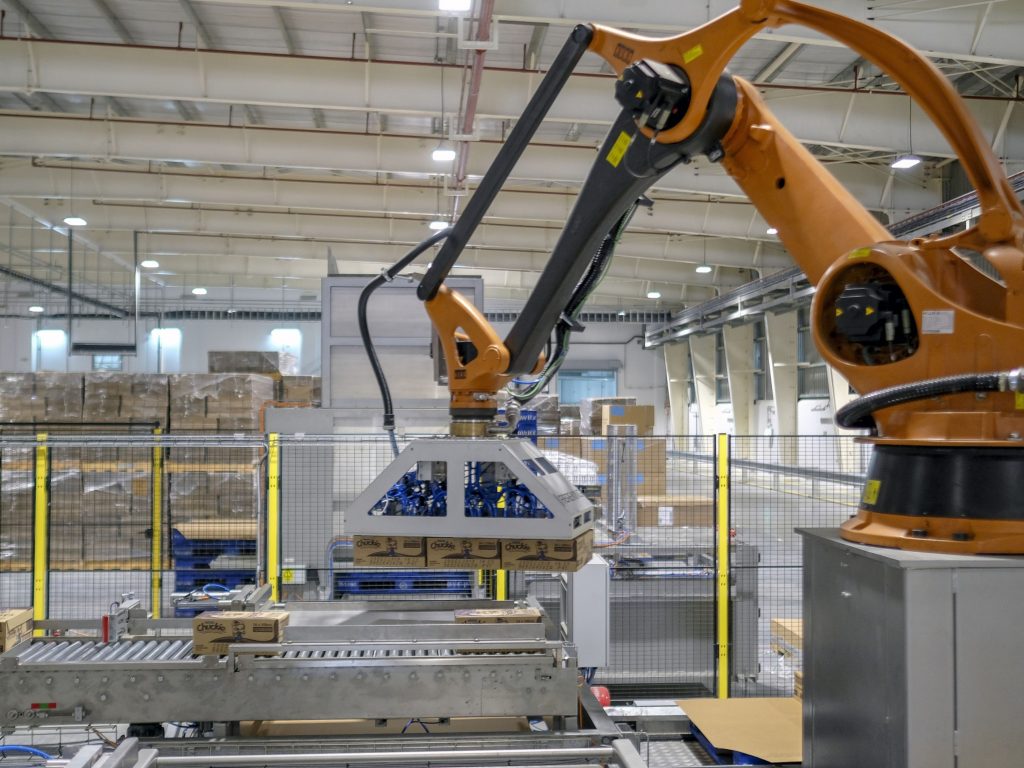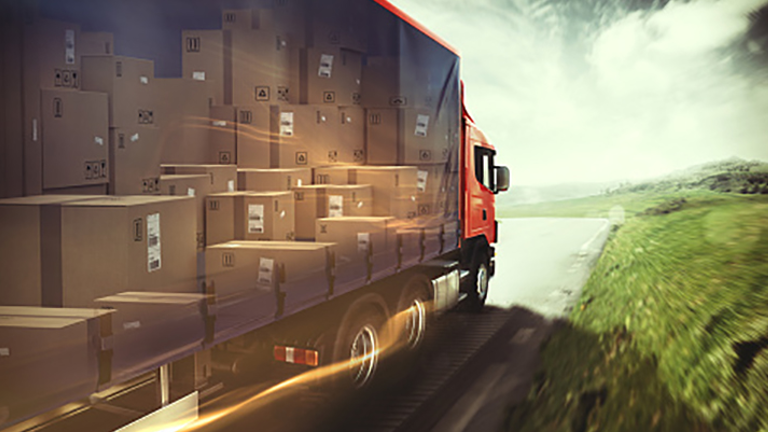In the last few months, the global pandemic has affected almost all aspects of the world economy. One industry that has seen particularly noticeable changes over the past few months is e-commerce. As self-isolated consumers turned to online shopping, it has created immense pressure on the supply chain logistics industry to keep up with the increasing demand.
As a result, logistics companies are stepping up with innovative strategies to respond to these rapidly shifting logistics trends in 2021. From automated warehousing technology to last-mile delivery solutions, here are the top 6 emerging trends in the supply chain logistics Industry you need to know in 2021.
Blockchain
Digital Training
Elastic Logistics
Expanding Automation
Last Mile Initiatives
Sustainable Logistics

1. Blockchain
In 2019, worldwide spending on blockchain solutions was at 2.7 billion; before 2022, this number is expected to climb to 11.7 billion. Blockchain has been one of the most steadily increasing industry-reshaping global logistics trends through the last few years, and its rise shows no signs of stopping.
As data becomes more and more crucial to optimize logistics operations, so do the security risks and efficiency challenges associated with processing data through third-parties. To address this need for solutions, logistics technology trends in 2021 will likely be characterized by the success of companies like GPC Logistics. In 2021, expect more logistics companies to cut out waste with blockchain processes.
2. Digital Training Solutions
Though the beginning of the novel coronavirus pandemic raised concerns about disruptions in supply chains, the associated e-commerce created unprecedented new demands.
In response to the increased demand, Amazon said it plans to hire 100,000 temporary workers in its fulfillment centers and delivery network. However, seasonal warehouse hiring directly equates to the challenge of high-volume training. A challenge that can be easily solved by embracing digital training solutions for the warehouse workers’ training.
As more millennials enter the workforce, they bring their technological habits along with them. Modern warehouse workers are used to the interactivity and ease-of-use they associate with their cell phones and other devices and respond well to training, which involves the same level of digital interactivity.
Pre-planned digital training can be an excellent companion to a modern blue-collar workplace, empowering workers while avoiding the failures that can come with insufficient training and onboarding practices.
3. Elastic Logistics
The days of fixed supply and demand are behind us — we have shifted into the age of the “now-economy,” when immediacy and responsiveness to unexpected consumer demands can make or break a supply chain strategy. The rapid changes and sudden demands of the COVID-19 economy have made adaptable responsiveness even more important. According to The Harvard Business Review, manufacturers without supply chain flexibility would be the most vulnerable to damage from sudden supply and demand reconfigurations.
To make things work in the “now-economy”, 2021 supply chains need to be ready to expand or shrink capacity depending on an ever-changing demand of industry variables. This practice is called “elastic logistics,” and it’s crucial to finding supply chain solutions in 2021.
While an effective solution, practicing elastic logistics can create a sudden demand in warehouse staffing – leading to high-volume training needs at peak distribution times. Most warehouses leaning towards elastic logistics can be prepared by implementation an efficient onboarding plan for their temporary warehouse workers.
4. Expanding Automation
According to a 2019 report, the warehouse automation market will grow at a CAGR of 12.6% over the next five years, making automation one of the leading trends in supply chains in the foreseeable future.
From warehousing automation to self-driving vehicles, new automation technology is reshaping the future of transportation and logistics. Companies like Amazon, are already using Kiva robots to help automate warehouse selection and packing processes.
Automation in warehousing creates a need for innovative training solutions as warehouse workers learn how to navigate new technology in their work environment. Clear communication and implementing the three phases of proper change management can make all the difference in training your team to adapt to automation changes.
5. Last Mile Initiatives
The World Economic Forum anticipates that by 2030, 60% of the earth’s population will live in cities, and this number is set to increase to 70% by 2050. As urban centers see even further development, globalized, multicultural cities will become the key points of distribution and warehousing.
Coupled with growing e-commerce needs, expanding urbanization means that an increasing proportion of transportation logistics consists of last-mile deliveries.
“Last-mile delivery” refers to the final leg of the supply chain process that brings a product to the doorstep of consumers.
In busy urban areas, the recent influx of last-mile deliveries has created intense traffic congestion in city centers. According to a study by research and consultancy firm Forrester, a fifth of businesses across the world will use commercial drones to automate business operations in 2021. Leading logistics companies around the world are already considering congestion-minimization last-mile solutions such as drones and electric scooters to take the pressure off of roadways.
6. Sustainability in Logistics
The buying consciousness of the modern consumer is changing – 66% of millennial buyers are more likely to purchase from companies with a sustainable eco-friendly reputation. As consumer needs drive the market in a greener direction, logistics technology trends will prioritize efficiency while keeping environmental sustainability in mind. With new national and international regulations concerning shipping emissions and other potential environmental risks associated with distribution, green tech is sure to lead the way in 2021 logistics innovations.
Along with environmental sustainability, social sustainability will be a key topic in 2021. High employee turnover rate coupled with a competitive labor market has forced the logistics companies to shift focus towards the core of the operations – warehouse workers.
What Does it Mean for Logistics Companies?
Industry experts agree that an increase in freight and warehousing demand coupled with technological data advancements means that 2021 holds immense promise for logistics expansion; at the same time, the continued economic disturbances left in the wake of 2020 will cause logistics professionals to face tough decisions in the coming year.
These changes and challenges will impact the supply chain at all levels of distribution. For warehouses and blue-collar workers, this means empowerment through comprehensive training that will prepare them to rise to the challenges that the new year brings.

